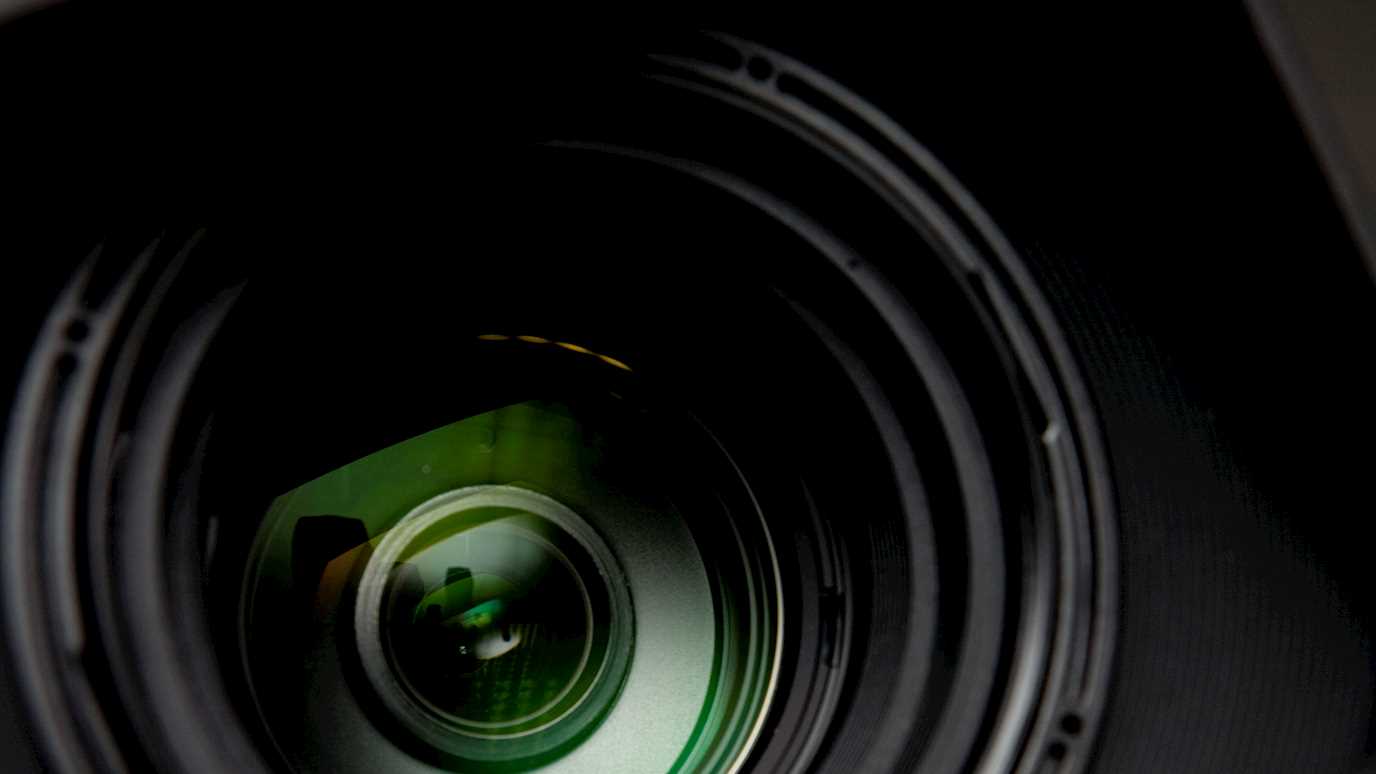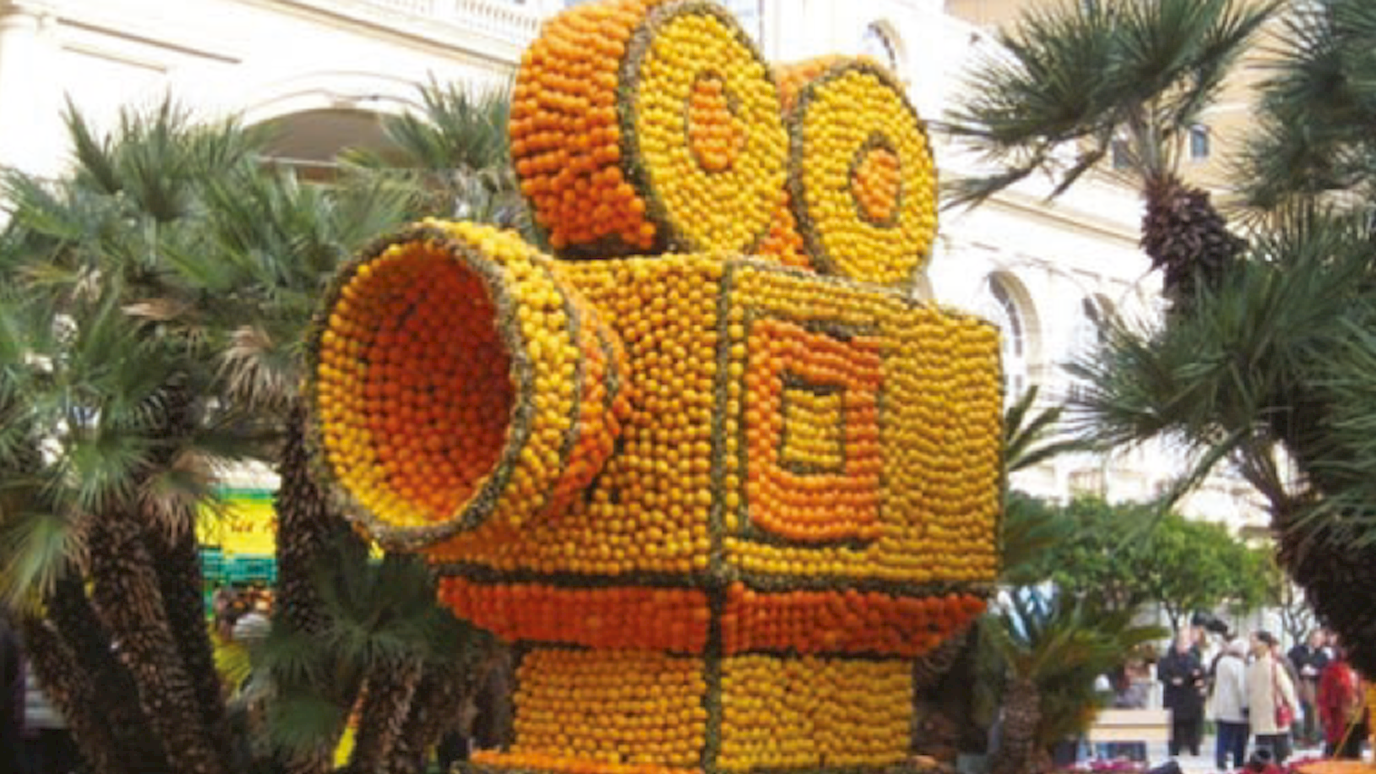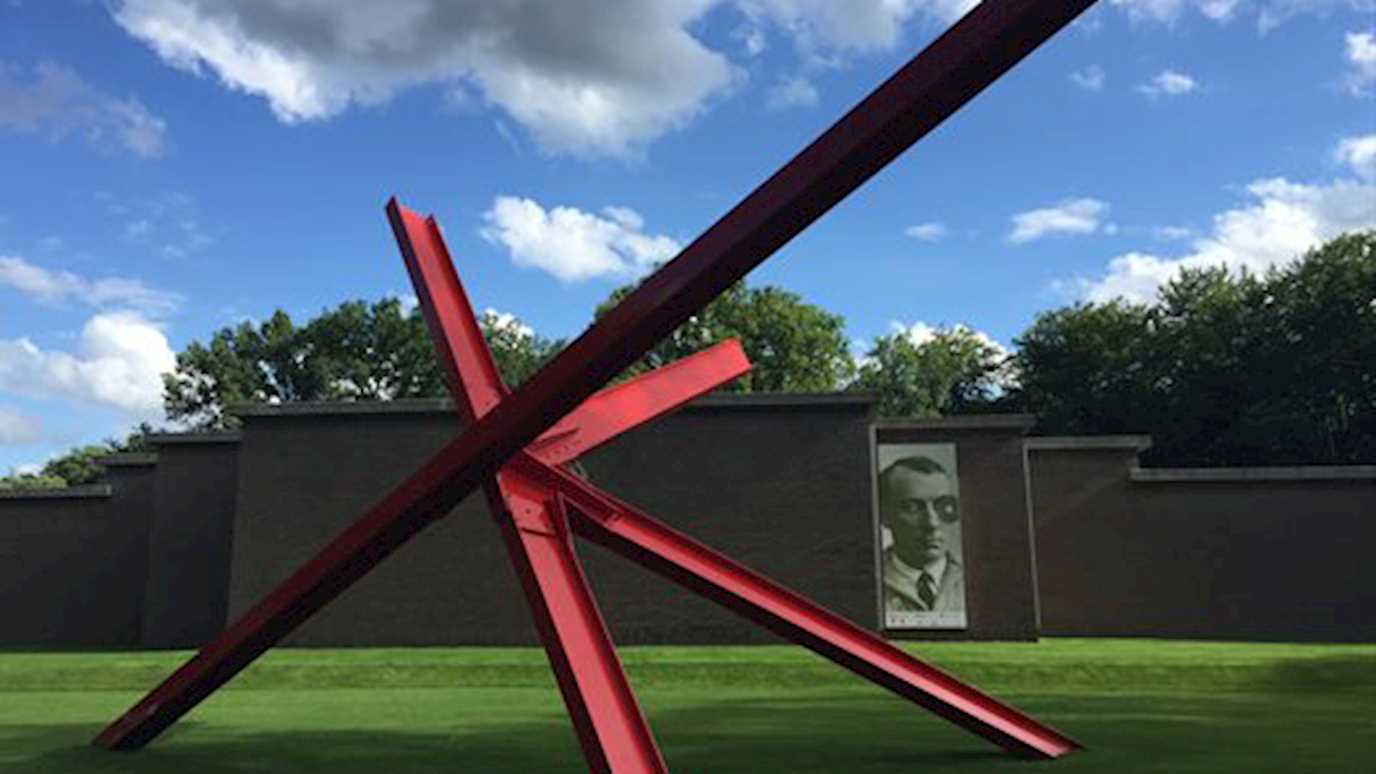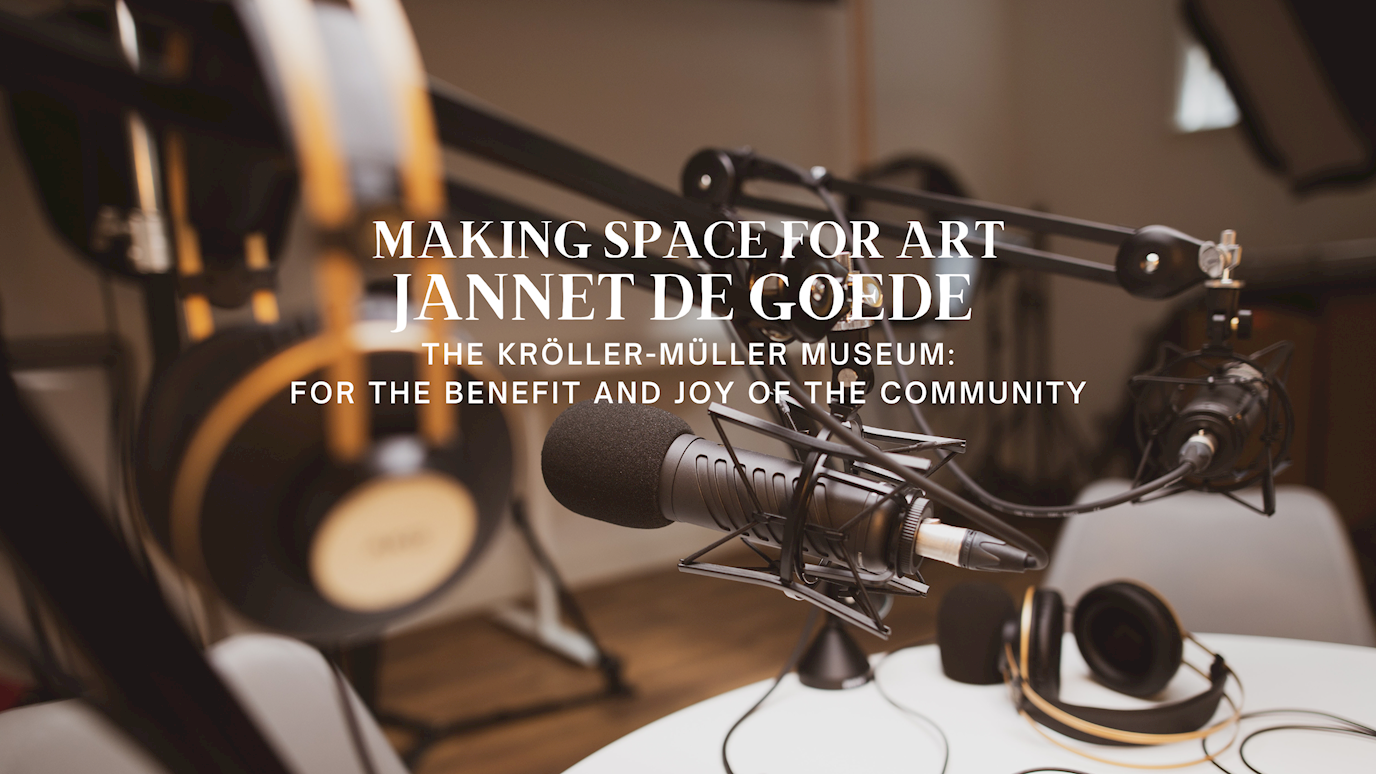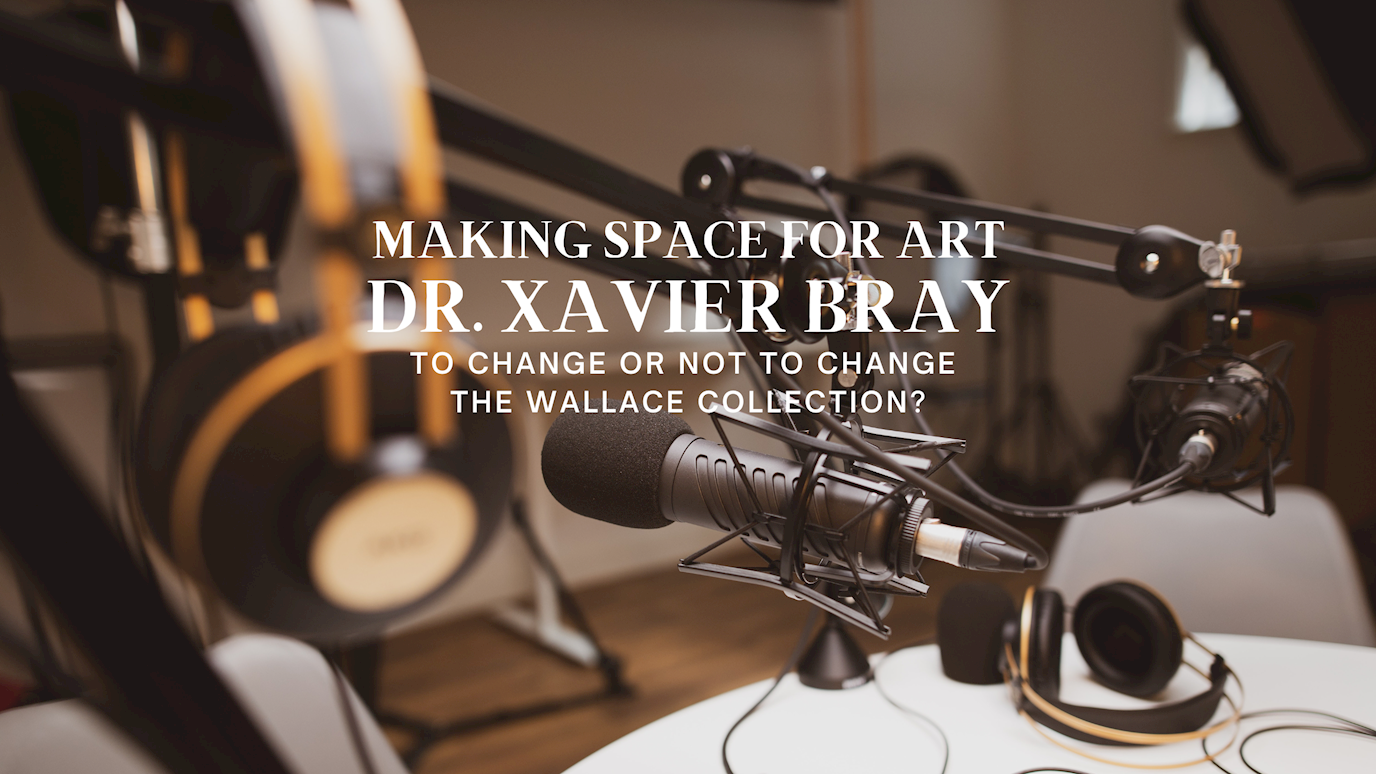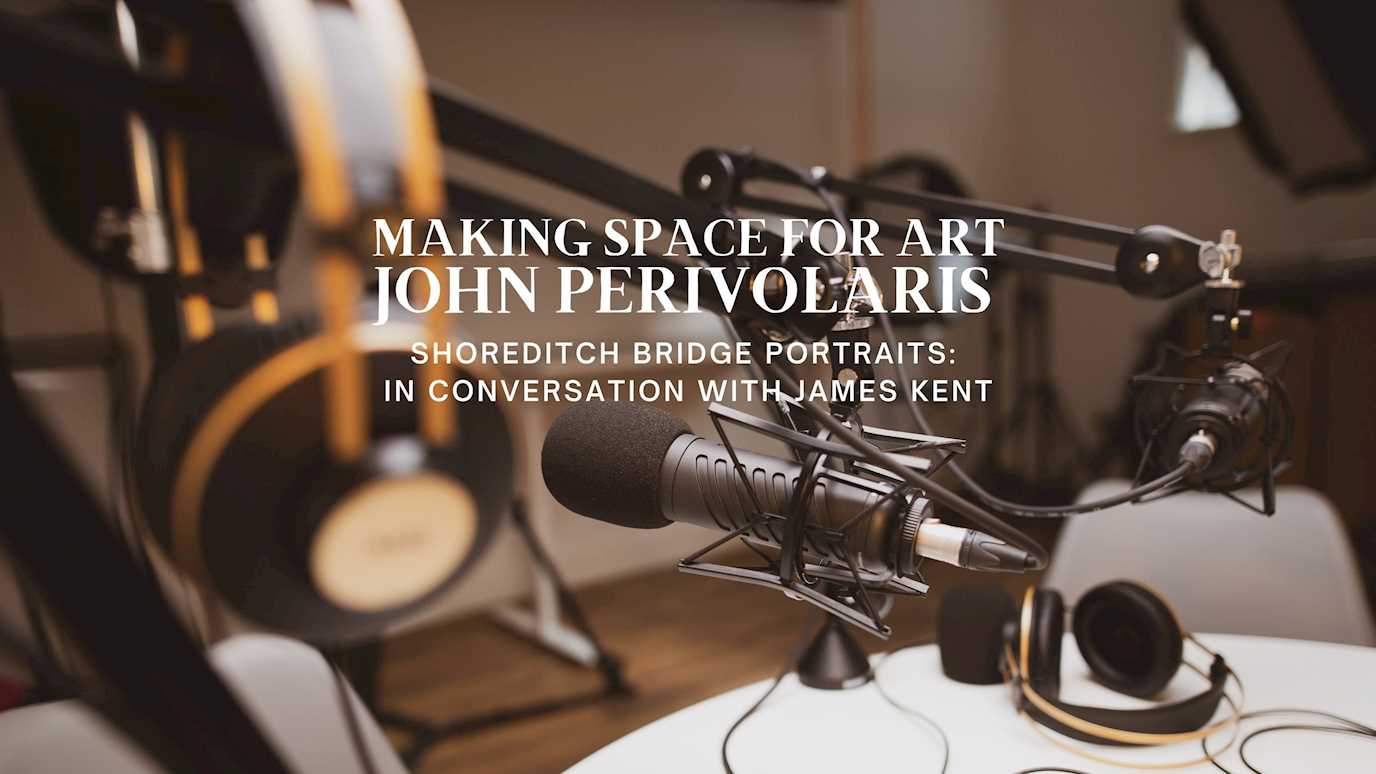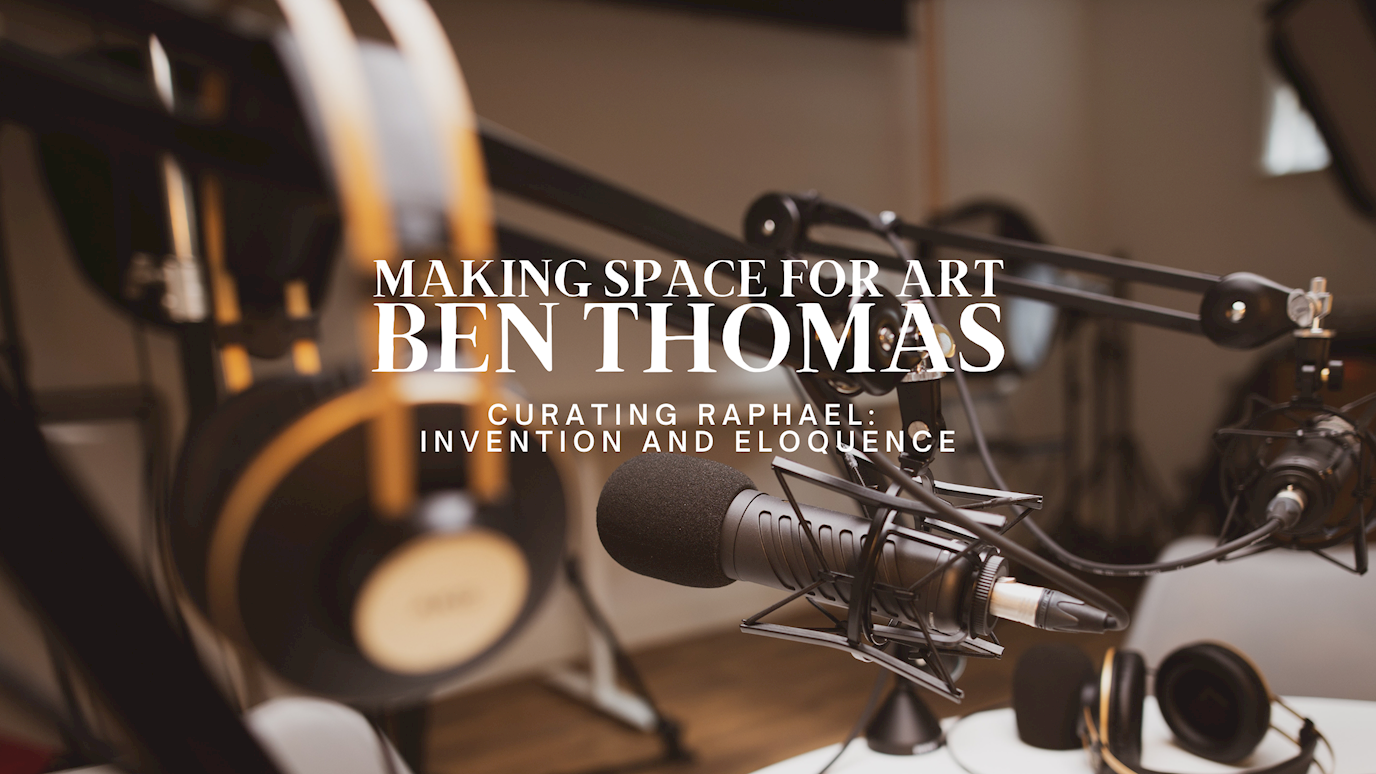A one-day international symposium at Royal Holloway in February 2019 explored theories, methodologies and future perspectives in the field of ‘digital culture studies’ in Modern Languages. The event was co-organised by Professor Giuliana Pieri and Dr Emanuela Patti as part of the ‘Digital Culture and Digital Creativity’ programme sponsored by HARI (Royal Holloway).
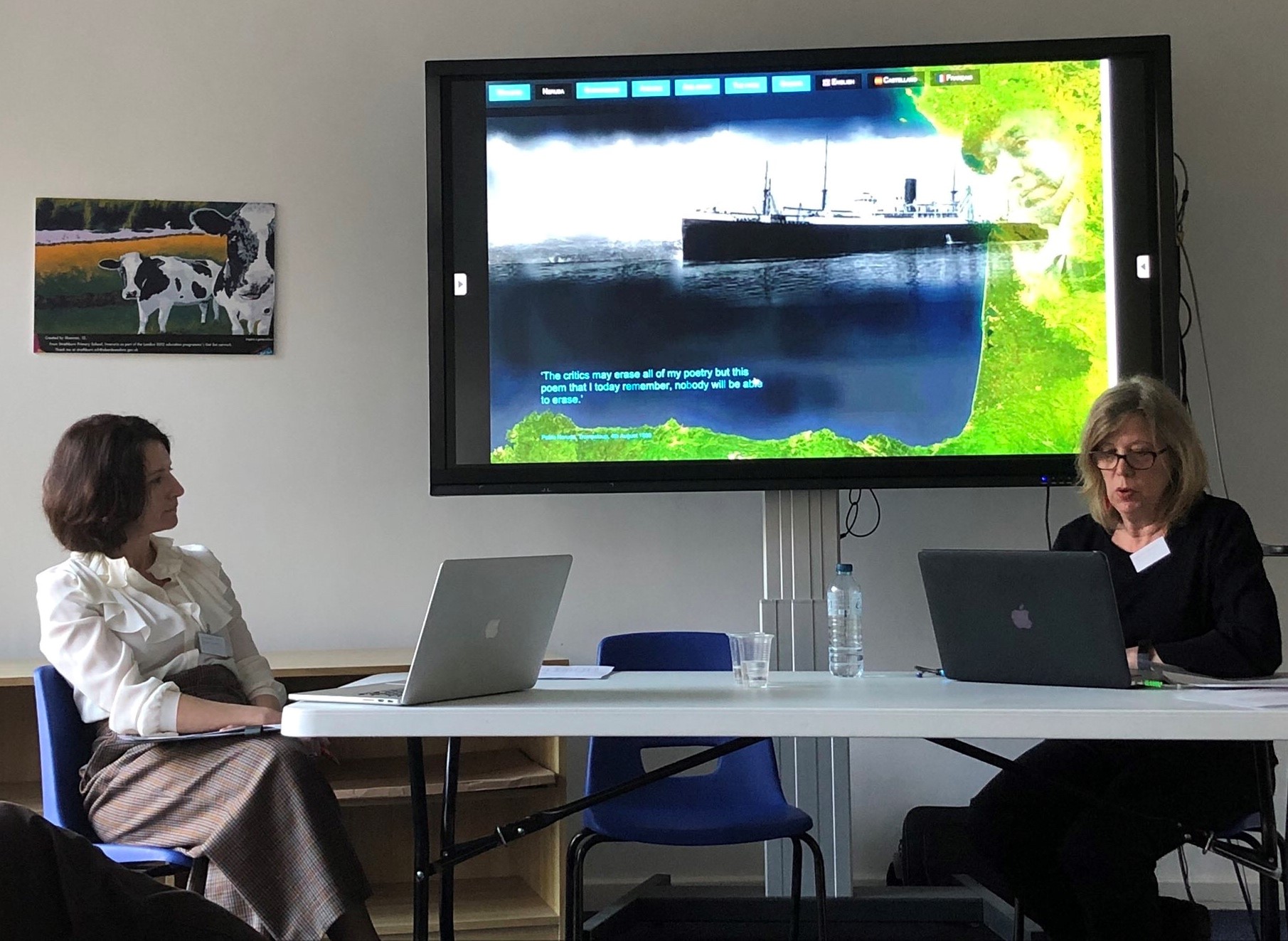
Dr María Mencía (Kingston University) presents at the symposium
This symposium brought together scholars in Modern Languages and Digital Humanities, as well as artists, media arts historians and curators, to discuss new ways of approaching the study of digital culture and creativity in Modern Languages.
Emanuela Patti began the event by introducing the main topics of the day. As emerged in the report recently published by Paul Spence and Renata Brendao, Survey of Attitudes towards Digital Culture & Technology in the Modern Languages, digital tools, including apps and social media, such as Duolingo, Memrise, Wordreference, Skype, Youtube, Twitter, have become an integral part of teaching languages. Digital tools have facilitated multilingual and multicultural learning; they make authentic content such as TV and radio programmes, interviews, more accessible; they allow more independent forms of self-study; they encourage students and teachers to develop new forms of academic writing and presentation through intermedia genres such as blogs and video-essays; they provide new immersive experiences in the language and culture through virtual and augmented reality apps.
Digital methods have also been integrated in our research practices in many ways, including enhanced critical curation, augmented editions, cultural analytics, aggregation and data-mining, visualisation and data design, large use of digital audiovisual texts and imaging, and so on. In 2017, Claire Taylor and Niahm Thornton published a collaboratively written article, together with other colleagues in Modern Languages, titled Modern Languages and the Digital: The Shape of the Discipline, which identified some of the key areas in our research and teaching practice where the ‘digital’ had a remarkable impact. These included data-driven projects, digital archives, digital ethnography, users and interfaces, the research process, and the digital as object of study.
As scholars and teachers of modern languages, cultures and societies, we are in fact increasingly exposed to texts and ‘signifying practices’ which are digitally born or mix media, as typically happens in the era of convergence culture. The ‘digital as object of study’ thus includes a variety of new forms of digital creativity and cultural phenomena which inform contemporary culture: for example, the broad range of new digital genres which have developed across different arts, media and communication practices, such as lit-blogs, electronic literature, visual novels, interactive films, web series, animation, digital arts, whose aesthetics, textuality, dynamics between authors and audiences require new critical tools.
At the same time, these genres construct meanings, identities, and claim forms of otherness in dialogue with the imaginary of national and international high cultures, mass cultures, folk cultures, and avant-garde cultures. On the one hand, we are thus dealing with new intermedia genres which intersect multiple semiotic systems; on the other, with a variety of forms of remediations and transmedia storytelling.
Not unexpectedly, the definition of ‘digital humanities’ is constantly expanding in order to reflect this evolution. One of the questions discussed at the symposium, following up on an article written by Claire Taylor and Thea Pitman, published in the Digital Humanities Quarterly in 2017, was in fact how Modern Languages (ML) and Digital Humanities (DH) intersect and can collaborate.
What do digital culture and ML have in common?
Another question raised at the symposium was what digital culture and Modern Languages have in common and how ML-ers can contribute to the analysis of contemporary digital culture and creativity. This built upon a 2018 forum discussion published in the journal Explorations in Media Ecology, titled Digital Culture Studies: National and Transnational Perspectives in Modern Languages, in which Emanuela Patti, Claire Taylor, Massimo Riva and Erika Fülöp explored what ‘digital culture’ means for Modern Languages, how Modern Languages scholars (ML-ers) can contribute to ‘digital culture studies’, and, ultimately, how this contribution could reshape the discipline. A third question of the symposium was how digital arts, media art history and modern languages intersect and could collaborate. The boundaries between electronic literature, digital arts and post-cinematic genres, are increasingly blurred. The original definition of ‘electronic literature’ as ‘works with an important literary aspect that takes advantage of the capabilities and contexts provided by the stand-alone or networked computer’ includes forms of kinetic poetry and computer art installations which could easily fall in the categories of digital arts, post-cinematic genres and digital performance.
For scholars and teachers of modern languages, it is interesting to explore how these genres reflect local, regional and national cultures and how they relate to the historical avant-gardes at a national and international level. At the same time, in some cases, they have exactly the opposite effect, by overcoming local, regional, national boundaries. The new media scenario encourages us to re-assess how the imaginary is formed as intermedia and transmedia practices and how modern languages and cultures contribute to this process. At the same time, interesting perspective emerge in how languages are used in media arts and digital literature.
Keynote: Claire Taylor
In her keynote speech (chaired by Sarah Wright, RHUL), ‘Digital Humanities, digital culture, and Modern Languages’, Claire Taylor (Liverpool) explored the points of interconnection between the three interdisciplinary fields of Modern Languages, Digital Humanities, and Digital Culture Studies. Starting from an overview of recent developments in Modern Languages research that have engaged with the digital, including the question of nation-state as a (relatively) fixed category, of unity between language and territory, of the national canon, and the critique of area studies, the talk explored how theories of digital culture have raised important questions also about Modern Languages as a field.
Subsequently, the talk examined the crucial contributions that Modern Linguists can make to debates in Digital Humanities and Digital Culture Studies, in particular as regards the insights that Modern Linguists can offer regarding co-creation; a commitment to community engagement; a contestation of Anglophone models; and a linguistically and culturally specific cultural studies approach to digital materials. To what extent we can still adopt a cultural studies perspective to digital culture and creativity today was another aspect considered in Taylor’s talk. A productive dialogue between humanities-based approaches and cultural studies-based approaches that currently characterises debates in Digital Humanities and Digital Culture studies alike, emerges especially, as Taylor argued, in the area of aesthetics, technologies and ethics.
DHML and digital culture in French studies
The following two papers were chaired by Guyda Armstrong (Manchester). In his talk, ‘Key elements of a critical Digital Humanities-Modern Languages (DHML) research agenda’, Paul Spence (King’s College) explored how DH would benefit from greater sensitivity to ML epistemologies, within a ‘critical DHML’ approach, and he examined the challenges we face in realising such a vision. Spence emphasised how digital methods are not culturally/linguistically neutral; it is thus crucial to investigate how they operate in different linguistic and cultural contexts. The route to digital diversity would not only imply the development of multilingual digital methods, but also closer collaboration between DH and ML in terms of developing critical digital literacies for staff and students. Spence showed some of the results of the recent survey, published with Renata Brendao, Survey of Attitudes towards Digital Culture & Technology in the Modern Languages, which address a variety of areas such as teaching, research, dissemination, and he then presented some ongoing and future projects.
In her talk ‘Digital culture in French Studies in the UK’, Erika Fülöp (Lancaster) first analysed what ML research and teaching can do for digital culture: for example, recognising the possibility of cultural specificity in the digital space; countering the stereotype of a homogeneous global culture in the digital age; and facilitating the development of a comparative perspective on digital cultural studies and on digital arts and literature specifically. Vice versa, digital culture studies can contribute to Modern Languages by offering insights into the ways in which the digital media impacts the societies and cultures we study both through the culture-specific modes of presence of dominant multinational platforms and through national or language-specific services; as well as refining the concept and approaches to cultural identity in the Digital Age. Fülop moved on to present current teaching and research projects related to digital culture and creativity in French Studies and beyond, highlighting the main methodological approaches used, as well as the benefits and challenges of some of these experiences.
Digital arts, digital media
The second part of the day was devoted to digital arts, digital literatures and media art history, looking at how they raise relevant questions for Modern Languages. In his keynote paper (chaired by James Williams, RHUL), ‘Telegraph, Airmail, Satellite: The Visual Imaginary of Global Media’, Sean Cubitt (Goldsmiths), gave us a fascinating talk about the visual imaginaries employed to mythologise and to make sense of the reach and power of global media, tracing an archeology of internet cartography and informatics, attending to the problematic relations between text, numbers, diagrams and pictures in their traverses of global space and local place. Cubitt’s talk started from a 1930 thirty-franc airmail stamp from the Belgian Congo, showing a biplane flying over a line of porters. As Cubitt highlighted, since the explosion of cartography in the European expansion of the 15th century, globalisation in its many variants has always depended on media, but it has also pictured and otherwise visualised the media of its planetary reach, and very often done so in imagery that picks at the gap between the persistence of local and the deracination of the global enterprise. Cubitt presented an extraordinary variety of images, including painting, poetry, films, coins, stamps, photographs.
How imaginary is constructed, validated and disseminated has been a central question in modern languages scholarship. In this respect, Cubitt cast light on a variety of interesting intersections between media and the arts – some of them concerned more specifically the impact of the medium in the lyrical perception of space; others revolved around issues of cultural representations in stamps, coins, paintings or they examined the formal impact of media in the texture and composition of artistic works.
In the following talk, ‘Rethinking the medium through media art: The Italian case’, Valentino Catricalà (Media Arts Festival) focused on the contribution that media artists have given to the development of new technologies. By challenging the idea of technological determinism, Catricalà underlined the crucial role played by artists in experimenting with technologies, thus inspiring innovation, as well as informing the design of media devices for the general public. As Catricalà emphasised, quoting Oliver Grau, ‘media art has combined the latest technologies with the big questions of our time: artists critically addressed the visions of life sciences and projections on artificial life, utopias of neuroscience, robotics and cyborgs. Media art reflects and researches the media and image revolution and takes up the subject of the processes of globalisation and growing worldwide surveillance’. Again, this field of enquiry has proven to be very relevant for scholars of ML who address modern and contemporary languages, cultures and societies.
In the final paper of the day, ‘The Winnipeg: the poem that crossed the Atlantic, María Mencía’ (Kingston) shared her experience as a media artist, lecturer and researcher to address the question of methodologies. How can we research and teach forms of digital creativity with a focus on linguistic and cultural aspects? By presenting her own artistic work, The Winnipeg, namely a multi-linguistic sea of networked, interactive poetic narratives fed by the stories from the posts uploaded to the website, Mencía discussed how she uses The Winnipeg as both cultural material and a way to instigate new poetic forms and online communication – through practice-based research, translation methodologies, archiving historical research, visual research and oral histories.
The stories uploaded have been translated into different languages (from Spanish into French and English). The Winnipeg lends itself to examine social and political issues and raise awareness of historical events through hybrid forms of visual art, language and technology. Concurrently, this work reflects pertinent critical issues of migration, displacement and the search for survival so apparent in current worldwide events.
Findings from the day
The final discussion offered some extra time and space to address questions related to the papers and reflect on the many points which were raised during the day. What emerged, on the one hand, is the necessary collaboration which DH and ML need to develop not only by applying new tools to address old questions in the humanities, but by adopting a more critical and linguistically/culturally situated approach to both the new tools and the old questions.
In order to make modern languages, literatures and cultures truly contemporary, it will also be crucial to reassess its key definitions – language, literature, culture – in the light of the technological advances of the digital age. In this perspective, we would require a broader understanding of ‘language’ and ‘translation’, for example; one which takes into consideration the language of code, interfaces, and users, as well as the phenomena of trans-coding and trans-mediality. In the way media art reflects on technologies and imaginaries, media arts historians and ML can develop a productive dialogue on how, for example, aesthetics, technologies and ethics reflect local and global cultures and languages.
This symposium was just a first step on a series of discussions which will be taken further. Please get in touch, if you are interested in getting involved, by emailing emanuela.patti@rhul.ac.uk.










